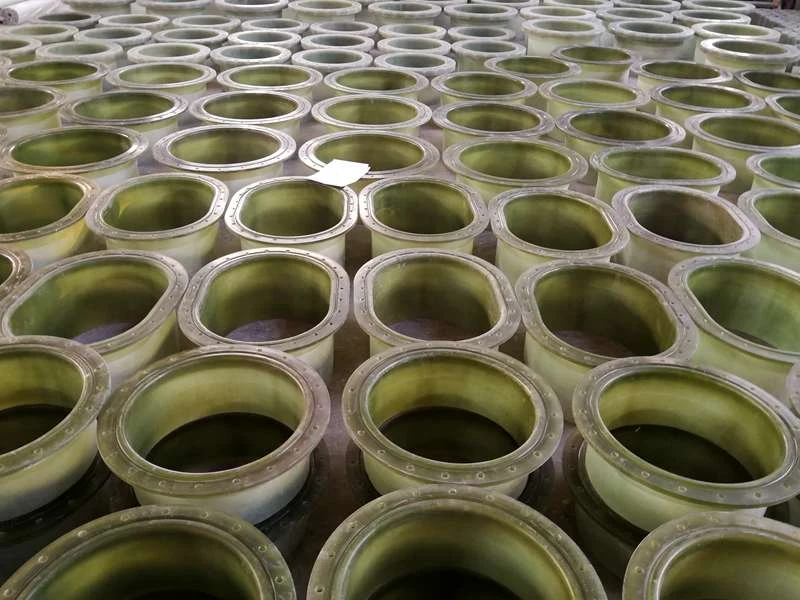
-
 Afrikaans
Afrikaans -
 Albanian
Albanian -
 Amharic
Amharic -
 Arabic
Arabic -
 Armenian
Armenian -
 Azerbaijani
Azerbaijani -
 Basque
Basque -
 Belarusian
Belarusian -
 Bengali
Bengali -
 Bosnian
Bosnian -
 Bulgarian
Bulgarian -
 Catalan
Catalan -
 Cebuano
Cebuano -
 China
China -
 China (Taiwan)
China (Taiwan) -
 Corsican
Corsican -
 Croatian
Croatian -
 Czech
Czech -
 Danish
Danish -
 Dutch
Dutch -
 English
English -
 Esperanto
Esperanto -
 Estonian
Estonian -
 Finnish
Finnish -
 French
French -
 Frisian
Frisian -
 Galician
Galician -
 Georgian
Georgian -
 German
German -
 Greek
Greek -
 Gujarati
Gujarati -
 Haitian Creole
Haitian Creole -
 hausa
hausa -
 hawaiian
hawaiian -
 Hebrew
Hebrew -
 Hindi
Hindi -
 Miao
Miao -
 Hungarian
Hungarian -
 Icelandic
Icelandic -
 igbo
igbo -
 Indonesian
Indonesian -
 irish
irish -
 Italian
Italian -
 Japanese
Japanese -
 Javanese
Javanese -
 Kannada
Kannada -
 kazakh
kazakh -
 Khmer
Khmer -
 Rwandese
Rwandese -
 Korean
Korean -
 Kurdish
Kurdish -
 Kyrgyz
Kyrgyz -
 Lao
Lao -
 Latin
Latin -
 Latvian
Latvian -
 Lithuanian
Lithuanian -
 Luxembourgish
Luxembourgish -
 Macedonian
Macedonian -
 Malgashi
Malgashi -
 Malay
Malay -
 Malayalam
Malayalam -
 Maltese
Maltese -
 Maori
Maori -
 Marathi
Marathi -
 Mongolian
Mongolian -
 Myanmar
Myanmar -
 Nepali
Nepali -
 Norwegian
Norwegian -
 Norwegian
Norwegian -
 Occitan
Occitan -
 Pashto
Pashto -
 Persian
Persian -
 Polish
Polish -
 Portuguese
Portuguese -
 Punjabi
Punjabi -
 Romanian
Romanian -
 Russian
Russian -
 Samoan
Samoan -
 Scottish Gaelic
Scottish Gaelic -
 Serbian
Serbian -
 Sesotho
Sesotho -
 Shona
Shona -
 Sindhi
Sindhi -
 Sinhala
Sinhala -
 Slovak
Slovak -
 Slovenian
Slovenian -
 Somali
Somali -
 Spanish
Spanish -
 Sundanese
Sundanese -
 Swahili
Swahili -
 Swedish
Swedish -
 Tagalog
Tagalog -
 Tajik
Tajik -
 Tamil
Tamil -
 Tatar
Tatar -
 Telugu
Telugu -
 Thai
Thai -
 Turkish
Turkish -
 Turkmen
Turkmen -
 Ukrainian
Ukrainian -
 Urdu
Urdu -
 Uighur
Uighur -
 Uzbek
Uzbek -
 Vietnamese
Vietnamese -
 Welsh
Welsh -
 Bantu
Bantu -
 Yiddish
Yiddish -
 Yoruba
Yoruba -
 Zulu
Zulu
Understanding the Applications and Benefits of Fiberglass Elbows in Construction and Industry
Understanding Fiberglass Elbows Applications and Advantages
Fiberglass elbows are essential components widely used in piping systems across various industries. Known for their durability, lightweight properties, and resistance to corrosion, these fittings play a crucial role in ensuring the efficiency and longevity of piping infrastructure. This article delves into what fiberglass elbows are, their applications, and the myriad advantages they offer.
What are Fiberglass Elbows?
Fiberglass elbows are bends or curves used to connect two sections of piping at an angle, typically 90 or 45 degrees. They are made from glass-reinforced plastic (GRP), a composite material that combines fiberglass reinforcement with a resin matrix. This construction provides significant strength-to-weight ratio, making fiberglass elbows a preferred choice in many settings.
Applications of Fiberglass Elbows
1. Chemical Processing In environments where corrosive chemicals are utilized, fiberglass elbows are invaluable. They resist chemical degradation, ensuring the integrity of the piping system and preventing leaks that could lead to hazardous incidents.
2. Water and Wastewater Treatment Fiberglass elbows are commonly employed in municipal water treatment facilities. Their ability to withstand harsh chemicals used in treatment processes, along with their smooth internal surfaces that reduce friction, makes them ideal for this application.
3. Oil and Gas Industry In the oil and gas sector, where pipelines transport crude oil and natural gas across vast distances, fiberglass elbows are employed for their lightweight properties and resistance to hydrocarbons. They enhance the overall efficiency of the pipeline systems while minimizing maintenance costs.
4. HVAC Systems Heating, ventilation, and air conditioning (HVAC) systems often incorporate fiberglass elbows in ductwork. This is primarily due to their thermal insulation properties, which help maintain energy efficiency and reduce operational costs.
fiberglass elbows

5. Marine Applications Due to their resistance to saltwater corrosion, fiberglass elbows are suitable for marine applications, including ships and offshore platforms. They contribute to safer and more efficient operations in marine environments.
Advantages of Fiberglass Elbows
1. Corrosion Resistance Traditional metal fittings can corrode over time, especially when exposed to moisture or chemicals. Fiberglass elbows, on the other hand, are non-corrosive, offering a much longer lifespan and reducing the need for frequent replacements.
2. Lightweight Compared to metal fittings, fiberglass elbows are significantly lighter. This characteristic simplifies installation and reduces the load on supporting structures, making them easier to handle during transportation and installation.
3. Cost-Effectiveness Although the initial cost of fiberglass elbows may be higher than other materials, their durability and low maintenance requirements lead to long-term savings. Fewer replacements and repairs translate into reduced operational costs.
4. Thermal Insulation Fiberglass material provides excellent thermal insulation, minimizing heat loss in systems where temperature control is critical. This property is especially important in HVAC systems and industrial processes.
5. Environmental Impact The longevity and reduced need for replacements mean fewer materials are disposed of, making fiberglass elbows a more environmentally friendly option.
Conclusion
Fiberglass elbows are a critical component in modern piping systems. Their unique properties, including corrosion resistance, lightweight design, and cost-effectiveness, make them suitable for various applications, from chemical processing to marine environments. As industries continue to prioritize efficiency and sustainability, the demand for high-performance materials like fiberglass is likely to grow, solidifying the place of fiberglass elbows as a staple in piping architecture. Whether upgrading existing systems or designing new ones, fiberglass elbows offer a reliable solution that combines performance with longevity.
Latest news
-
Exploring the Benefits of Top Hammer Drifter Rods for Enhanced Drilling PerformanceNewsJun.10,2025
-
High-Precision Fiberglass Winding Machine for GRP/FRP Pipe Production – Reliable & Efficient SolutionsNewsJun.10,2025
-
FRP Pipes & Fittings for Shipbuilding - Corrosion-Resistant & LightweightNewsJun.09,2025
-
Premium FRP Flooring Solutions Durable & Slip-ResistantNewsJun.09,2025
-
Premium Fiberglass Rectangular Tanks Durable & Lightweight SolutionNewsJun.09,2025
-
Tapered Drill String Design Guide Durable Performance & UsesNewsJun.09,2025









